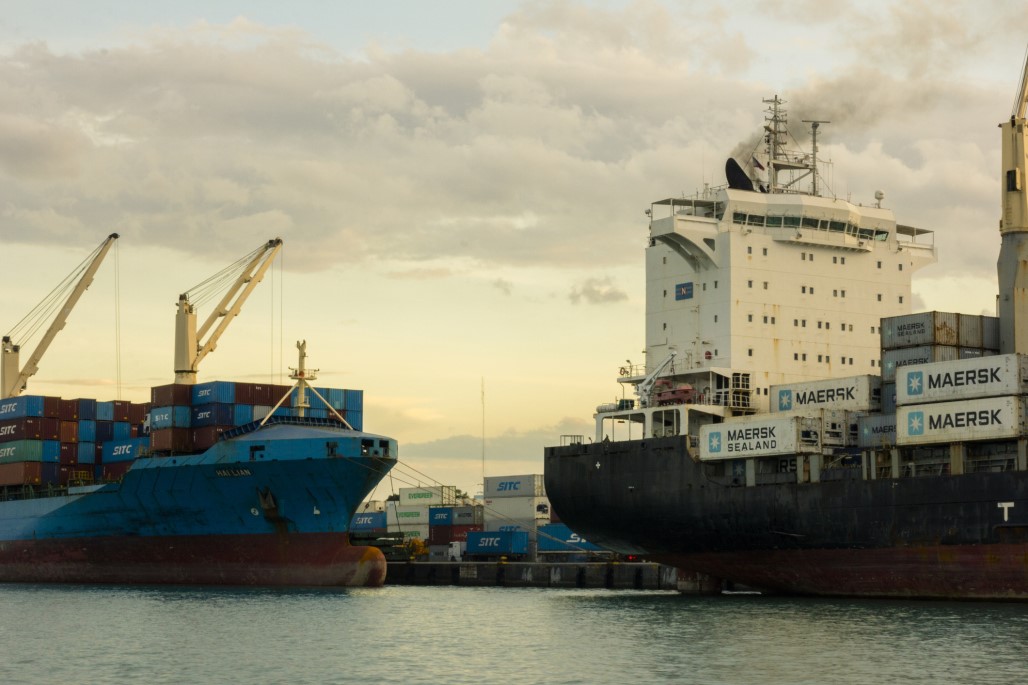
The Philippines is working on a plan to develop Davao Region in Mindanao into a world-class logistics hub, initially as an alternative to Singapore.
The Southern Philippines Logistics Hub Project is an initiative of the Bureau of Customs – Port of Davao. The National Economic and Development Authority (NEDA Regional Office XI has included the project in the Davao Regional Development Plan 2023–2028.
Formerly called Southern Mindanao, Davao Region or Region XI comprises five provinces in the southeastern portion of Mindanao: Davao de Oro, Davao del Norte, Davao del Sur, Davao Oriental, and Davao Occidental. All five provinces are located along the Davao Gulf.
Strategic location
The region is strategically located as a gateway to the People’s Republic of China, Japan, and ASEAN markets, including the BIMP-EAGA subregion. Its main seaport for domestic and international cargo is Sasa Port. Its facilities also include the Davao International Airport, Davao City Overland Transport Terminal, Mati Port, and Davao International Container.
According to the plan, the Davao Region’s strategic location makes it an ideal alternative to Singapore, which has been experiencing port congestion, resulting in longer vessel turnaround times and cargo rollovers.
In the BIMP-EAGA subregion, Davao is part of the Greater Sulu–Sulawesi Corridor, a maritime corridor that covers North Sulawesi in Indonesia, Sabah in Malaysia, and Mindanao and Palawan in the Philippines. The corridor is mainly determined by the geography of the Sulu–Sulawesi Seas, a highly biodiverse, globally significant biogeographic unit in the heart of the Coral Triangle—the center of the world’s highest concentration of marine biodiversity.
There are strong historical trade links in the corridor, with trade concentrated between North Sulawesi and Mindanao and between Sabah and Mindanao. Transport connectivity consists of port-to-port trade flows and shipping services within the Sulu-Sulawesi seas. The corridor covers four routes: Palawan–Sabah, Zamboanga Peninsula–Sabah (including Basilan, Sulu and Tawi-Tawi in the Philippines), Davao (Davao del Sur), and General Santos–North Sulawesi.
Three-pronged strategy
The development of an international logistics hub in Davao Region is expected to attract more investments, boost competitiveness, increase trade, and improve connectivity in the region.
However, the project faces two major challenges. Seaport and airport facilities are below international standards, and there is limited integration of transport systems. Sasa Port has a small dry dock and a small harbor. The Davao and Mati airports have obsolete facilities. There is a lack of connectivity between the airports, seaports, and land transport terminal. The region also needs an efficient urban mass transport system.
The regional development plan is adopting a three-pronged strategy to implement the project. It involves improving the multimodal freight transport system, accelerating the development of logistics system facilities along the Davao Gulf, and harmonizing land use plans, ports, and logistics operations.
There are seven big-ticket projects already supporting the development of the Southern Philippines Logistics Hub. These are the Sasa Wharf Rehabilitation, Davao International Airport Modernization, Davao City Coastal Road, Davao City Bypass Road, Davao City Expressway, Davao City–Samal Connector, and Mindanao Railway: Tagum–Davao–Digo Segment, which is the first phase of the railway system.
A technical working group was created to come up with recommendations for the required infrastructure and facilities and enabling policies for the project.
The regional plan sees the Metropolitan Davao Development Authority playing a major role in establishing the logistics hub. It has jurisdiction over 15 local government units (LGUs), covering key growth centers from the five provinces and Davao City as the Metropolitan Center. It also has the mandate to oversee cooperation initiatives in urban planning and development among these LGUs.
This article was first published by BIMP-EAGA on 12 October 2023.

